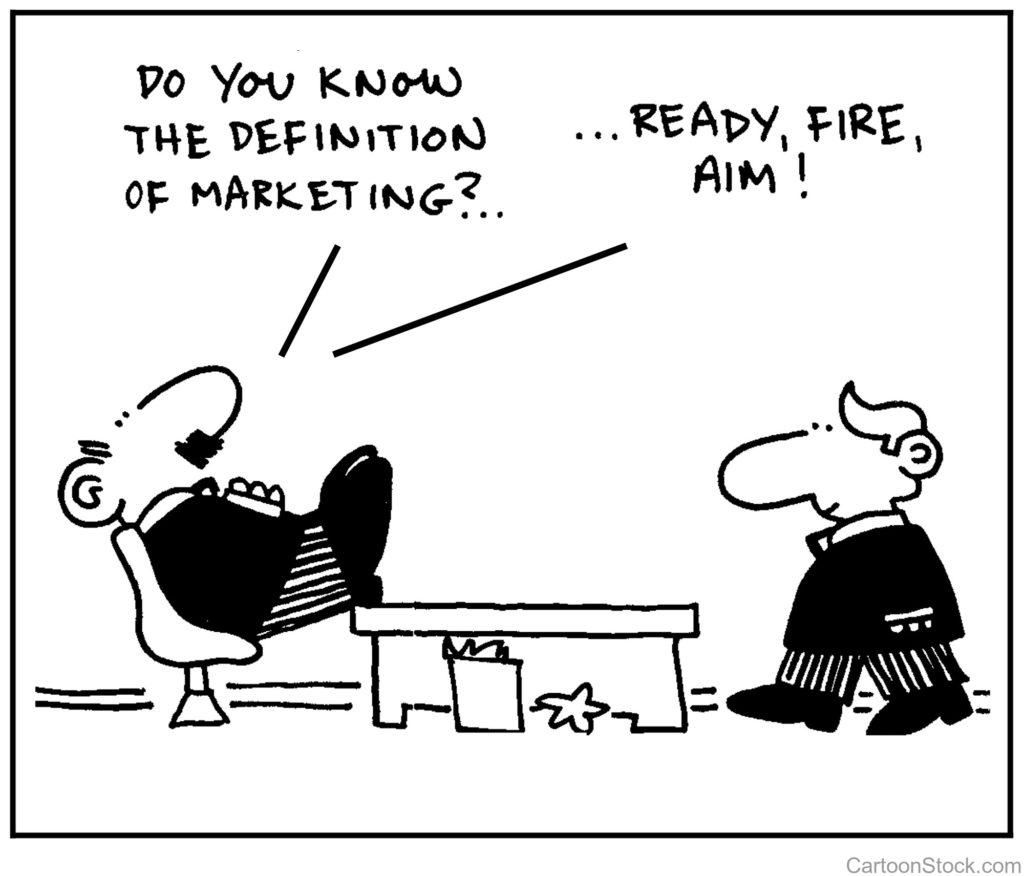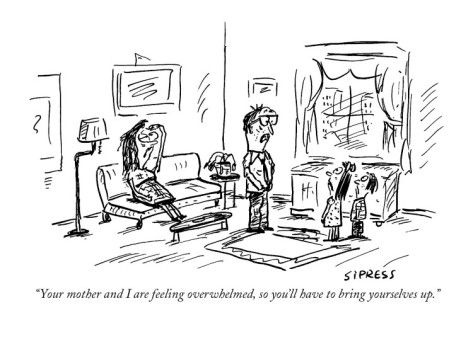 It is no measure of health to be well-adjusted to a sick society. Jiddu Krishnamurti
It is no measure of health to be well-adjusted to a sick society. Jiddu Krishnamurti
I’ll expand Krishnamurti’s insightful advice to include multiple applications.
- It is no measure of health to be well-adjusted to a sick relationship.
- It is no measure of health to be well-adjusted to a sick job.
- It is no measure of health to be well-adjusted to a sick organization or movement.
We often find ourselves in an unhealthy environment but instead of resisting, we adjust to the pathology and consider it the new normal. We may have pure motives—to maintain peace and equilibrium, or to help others who are in the same situation—but the end result is the same: the abnormal becomes the new standard.
For instance, we may consciously or unconsciously adjust to society’s infatuation with consumerism, or to an abusive relationship, or to an unfulfilling job, or to a failing organization—and soon embrace a distorted sense of well-being. We become passive and ignore the need for change.
The first step out of the morass is to see clearly the abnormality. But that’s usually hard to do. How can we tell when we’re in a sick environment, particularly when we’ve been in it for a long time? For instance, when growing up in a particular family, how is a child to know what is normal and abnormal? Often the acclimation has been so slow and subtle that we’re unaware something is amiss (frog in the boiling water syndrome).
It often takes an outside intervention to help us see clearly. A good and faithful friend tells us that something in our life seems wrong. An outside consultant tells us that parts of our organization are dysfunctional.
Visiting other environments can also help us gain clarity. For instance, as a teenager, when I was around my friends’ families I began to realize the oddities of my own. Traveling to foreign countries may expose inadequacies of your homeland. In other words, exposure to healthy situations can reveal the sickness of our own.
Once we see that something is atypical, the next challenge is to courageously resist, which is difficult because we may have a vested interest in the situation and/or the problems may be deeply engrained. In some cases, freedom will only come through a complete break with the system.
Ask yourself: in what areas of life have I succumbed to an unhealthy norm?
[reminder]What are your thoughts about this essay?[/reminder]
[callout]I’m hosting a trip to Peru, May 6-15, 2020. It will be limited to 50 travelers. Here’s the brochure. On Saturday, May 18, 2019 from 4:00-5:00, I’m hosting a free information meeting for anyone who wants more details about the trip. It will be held in the DFW metroplex and broadcast live on Facebook for those who live elsewhere. If you want to attend, email me at [email protected] or respond to this blot post.[/callout]

 Last year I wrote a post titled
Last year I wrote a post titled 
 I define individual capacity as the maximum amount of productivity that a person can do and/or negotiate in a given period of time. Though we all have 24 hours in a day to produce, we each differ in how much work we’re able to complete. Some people can only keep “two plates spinning simultaneously,” others can negotiate four spinning plates, and others even more.
I define individual capacity as the maximum amount of productivity that a person can do and/or negotiate in a given period of time. Though we all have 24 hours in a day to produce, we each differ in how much work we’re able to complete. Some people can only keep “two plates spinning simultaneously,” others can negotiate four spinning plates, and others even more.